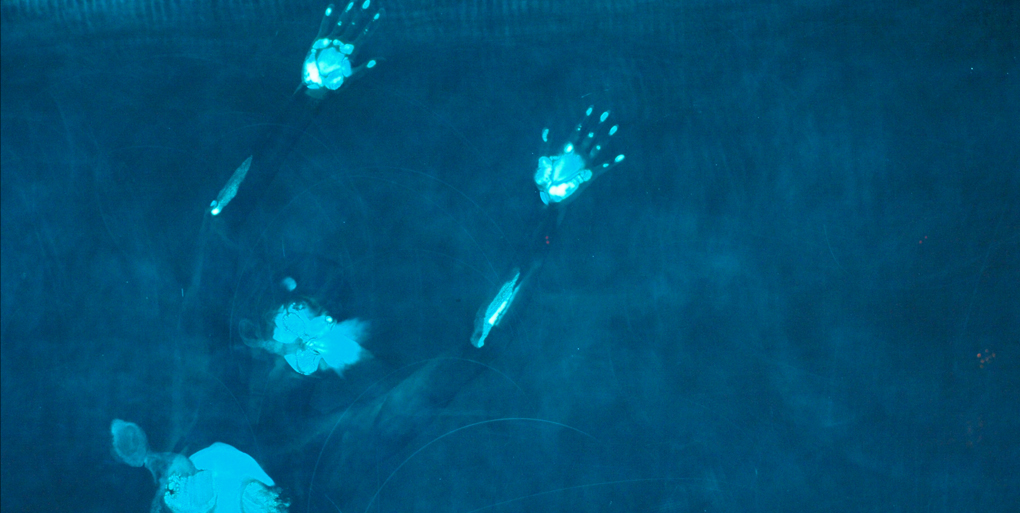A DRUM IS A WOMAN
primo passo / first step
Contemporanea2015_TIME TO MOVE
Progetto in collaborazione tra Teatro Metastasio e Centro per l'Arte Contemporanea Luigi Pecci
26 /09 | Museo Pecci
durata / time 25’

ideazione, creazione, regia, suono/ concept, creation, direction, sound Letizia Renzini
creazione, Coreografia, intepretazione/creation, choreography, interpretation Marina Giovannini
realizzazione Lastra/ technical stage production Matteo Menduni
programmazione software/ software Riccardo Canalicchio
produzione tecnica/ technical production Avuelle
Amministrazione/ administration Cab 008
residenza creativa/ creative residency CanGo Cantieri Goldonetta
organizzazione e produzione/ organization and executive production Luisa Zuffo
tecnica/ technique Eva Sgrò, Marco Santambrogio
photo @luciano rignanese
La performance prosegue il lavoro sugli Slavery Tales iniziato da Letizia Renzini e Marina Giovannini con il lavoro sul’apartheid Dei Secoli, presentato a Fabbrica Europa nel 2008.
Drum is a Woman si pone inoltre al centro di un’indagine sul manufatto artistico. All’origine della ricerca c’è le modalità della body painting, qui sostituita da una traccia organica, che diviene pittura grazie all’efficacia dei materiali e della tecnologia (il supporto in plexiglass, e l’uso dei led sullo spessore della lastra). Ciò che viene reso visibile non è altro che l’ombra della rappresentazione, la visione attraverso il diaframma: qui è il supporto stesso ad essere diaframma, e cornice di un corpo che compie un’azione. ciò che resta è il residuo del gesto, l’ombra dell’ombra: quello che vediamo non è l’ombra della rappresentazione (Platone) e non è la “traccia del corpo su di un altro corpo” (Spinoza); è il corpo stesso che si rende ombra nel rappresentarsi; e ciò che si vede è la traccia di quel gesto. Tra essere e rappresentare, tra differire ed assimilarsi, l’eterno dilemma del diverso.
The performance continues work on the Slavery Tales begun by Letizia Renzini and Marina Giovannini with the work on Apartheid Dei Secoli, presented at Fabbrica Europa in 2008.
Drum is a Woman is also at the centre of investigation into the artistic handmade product. The means used in body painting are at the origin of research, here replaced by an organic trace that becomes painting thanks to the efficacy of the materials and technology used (a plexiglass support and light emitting diodes on the thickness of the plexiglass sheet.
What becomes visible is nothing but the shadow of the representation, the vision through the diaphragm: here it is the support itself which is the diaphragm and frame of a body that performs an action.What remains is the remnant of the gesture, the shade of the shadow: what we see is not the shadow of the representation (Plato) and it is not the “trace of the body on another body” (Spinoza). It is the body itself that turns into shadow in representing itself; and what is seen is the trace of that gesture. Between being and representing, between differing and assimilating, the eternal dilemma of the different.

